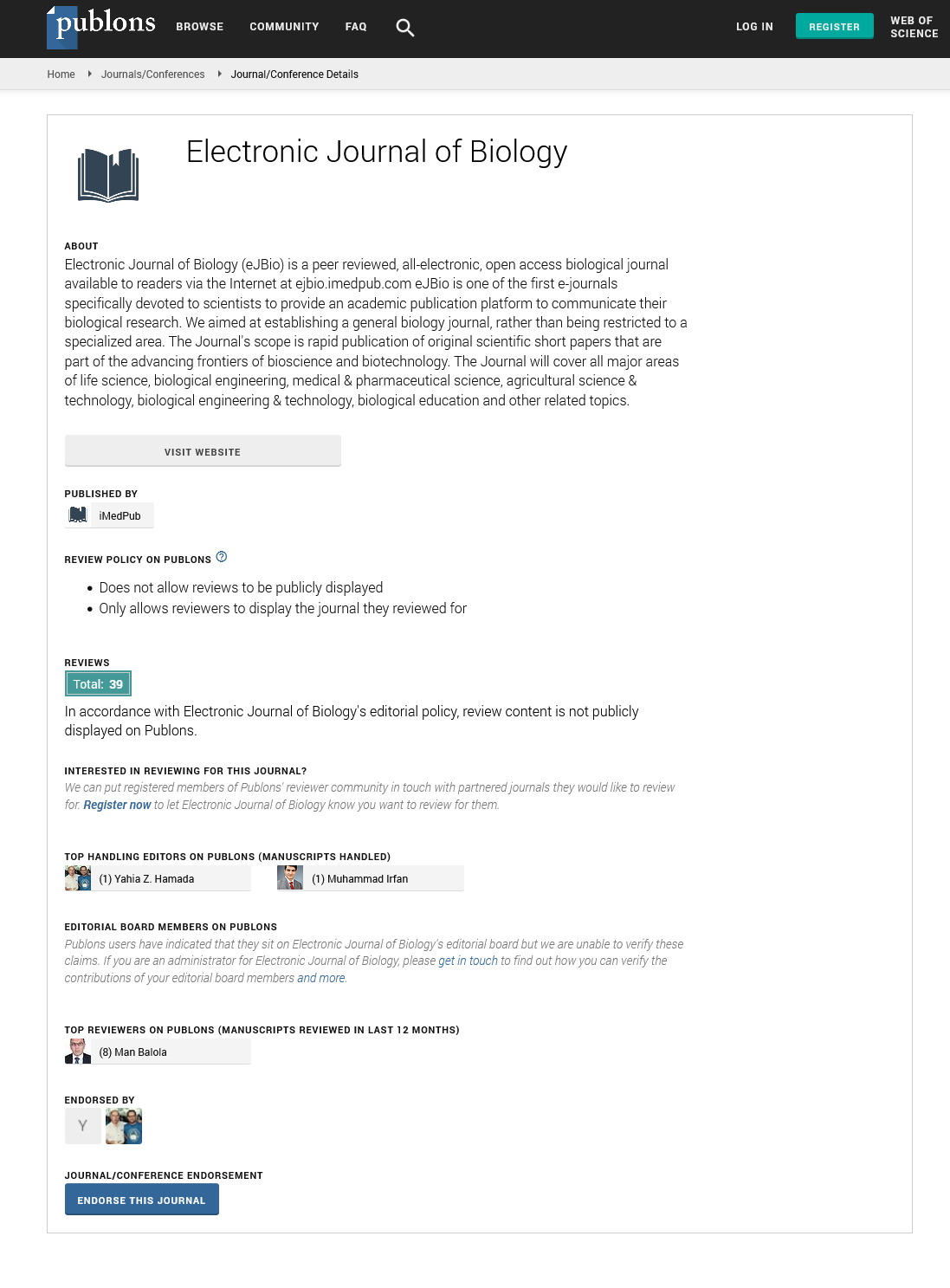Abstract
The Physiological Mechanism of Populus euphratica Adapting to Drought Stress
P. euphratica is well known for its high drought tolerance. It is the few tree species that forms natural forests in the semiarid area, which mainly distributes in Takla Makan Desert of Xinjiang in China. In order to study the mechanism of drought tolerance of P. euphratica, we investigated, sampled and analyzed the trees in Takla Makan Desert of Xinjiang. The results showed that the stomatic resistance increased as well as transpiration decreased in leaves of P. euphratica under drought stress. Compared with control, under serious drought stress the contents of K+ and Ca2+ increased 0.43 and 1.99 times, respectively, but there is no change in the contents of Mg2+ and Na+. The proton-pumping activities of plasma membrane bound H+-ATPases hardly differed between leaves from control and middle drought stress grown P. euphratica plants. However, under serious drought stress the proton-pumping activities decreased. These results indicating that P. euphratica adapts to drought stress by various way, such as decreasing transpiration, absorbing ion selectively, reducing ATP consuming.
Author(s): Yongqing Yang, Wenqi Wang, Eric A. Ottow, Andrea Polle, Fuchun Zhang, Haiyan Lan, Xiangning Jiang
Abstract | Full-Text | PDF
Share this

Google scholar citation report
Citations : 5001
Electronic Journal of Biology received 5001 citations as per google scholar report
Electronic Journal of Biology peer review process verified at publons
Abstracted/Indexed in
- Google Scholar
- China National Knowledge Infrastructure (CNKI)
- CiteFactor
- Electronic Journals Library
- Zoological Records
- WorldCat
- Proquest Summons
- Publons
- MIAR
- Openaccessarticles.com
- Secret Search Engine Labs
Open Access Journals
- Aquaculture & Veterinary Science
- Chemistry & Chemical Sciences
- Clinical Sciences
- Engineering
- General Science
- Genetics & Molecular Biology
- Health Care & Nursing
- Immunology & Microbiology
- Materials Science
- Mathematics & Physics
- Medical Sciences
- Neurology & Psychiatry
- Oncology & Cancer Science
- Pharmaceutical Sciences


